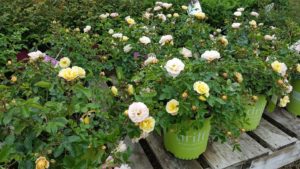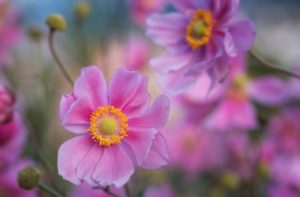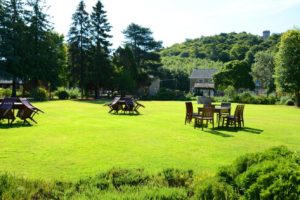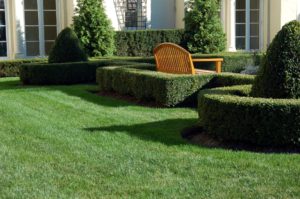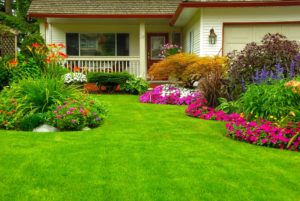Pesky Slugs and How to Get Rid of Them
Slugs are a gardener’s unwelcome pest that seem to invade everywhere.
This is the perfect time to start using remedies to ward off those little critters, when the soil is damp or wet, to entice slugs up to the surface of the soil Of course you can always get slug pellets or granules to sprinkle around the plants, but why not consider a few very easy methods that are also 100% natural?
Here are just a few:
- Cornmeal
- Slugs love it… but they can’t consume it. Put a couple tablespoons in a small glass jar and place it sideways so slugs can get in. In the morning, check for the dead slugs and remove. Keep this up until the area is free of the pests
- Beer
- Another thing slugs love, but will kill them. Pour some beer in a small plastic glass, and bury it close to the plants that are being invaded, so it is at pretty much ground level. You’ll find dead slugs there, remove them and keep going with the beer treatment.
- Coffee Grounds & Egg Shells
- Start saving both of these and mix them together. Coffee smell is a natural repellent for slugs and egg shells cut their bellies. Sprinkle this mixture around your plants and it should keep them away. A plus to this method is the added helpful compost fertilizer it provides.
Additional Ideas (courtesy of Natural Living Ideas)
Throughout May
[coupon couponid=”942″ coupon_align=”cctor_aligncenter” name=”May Special Offer – 2018″]
Above video courtesy of “Grow Veg” YouTube Channel

